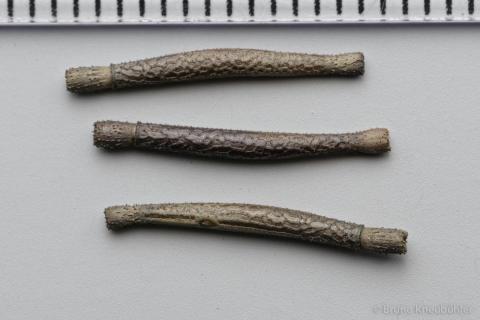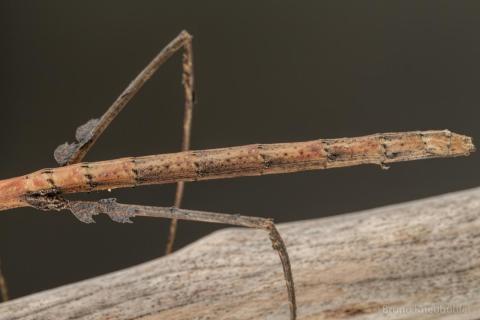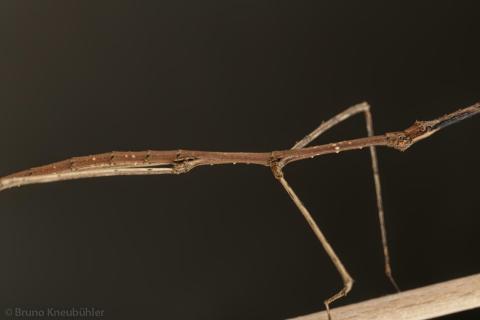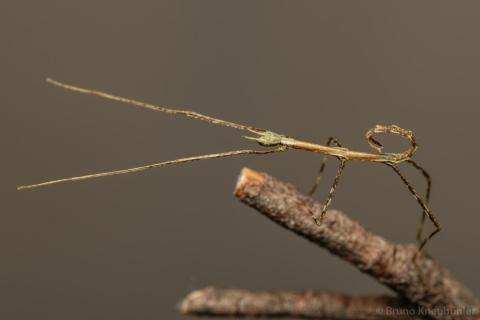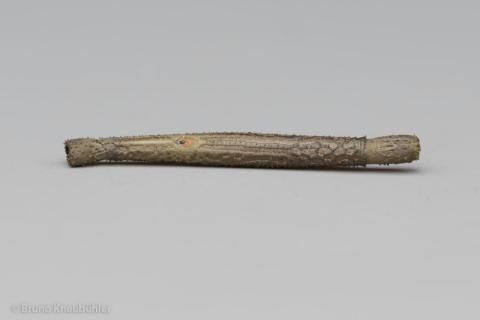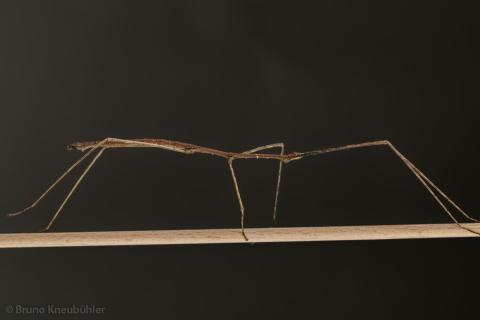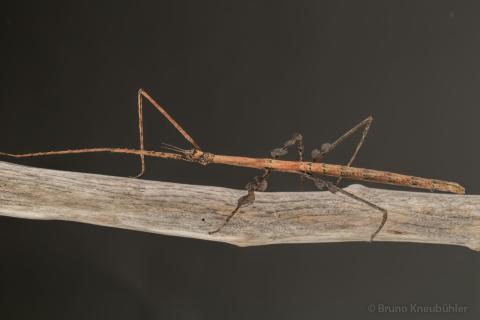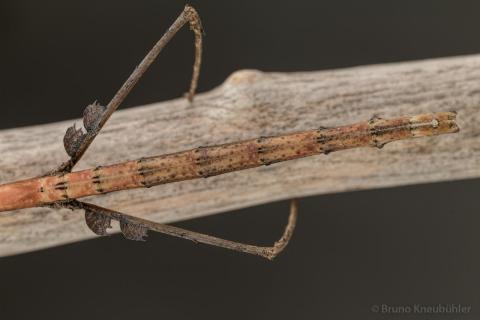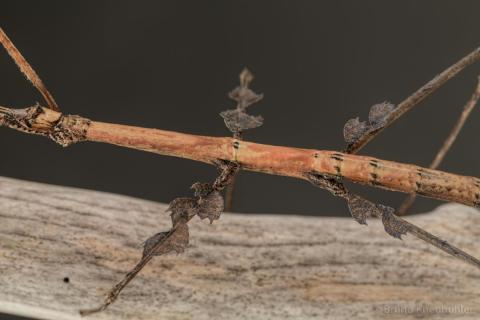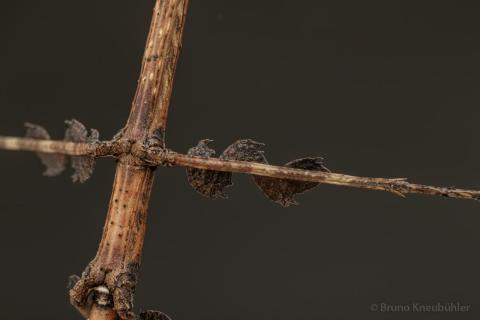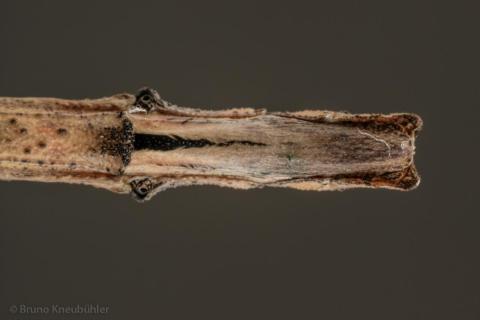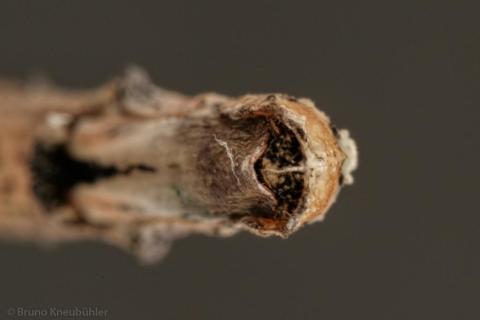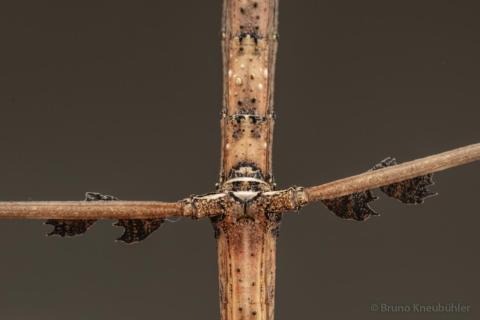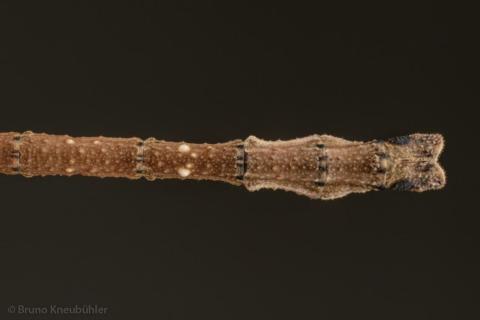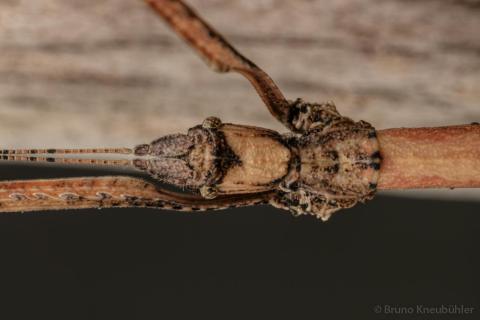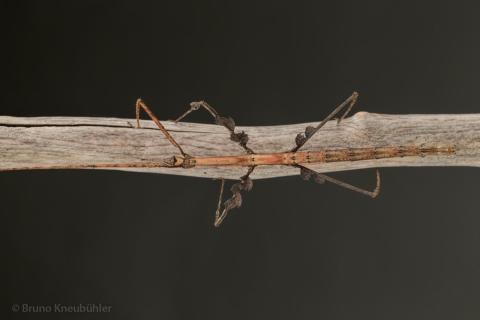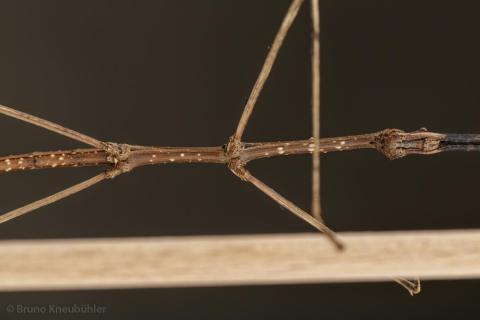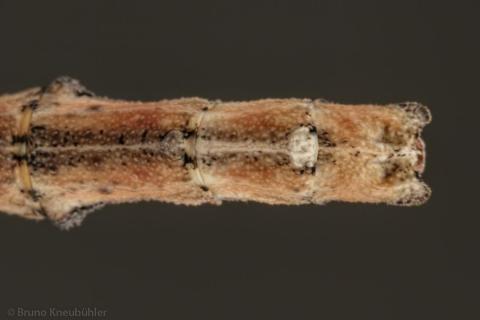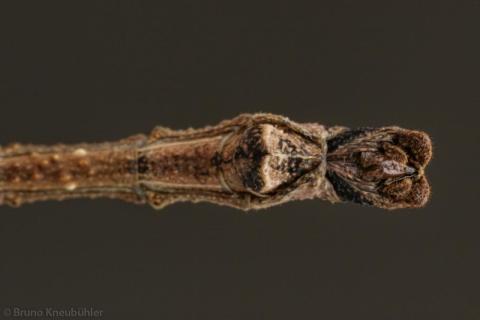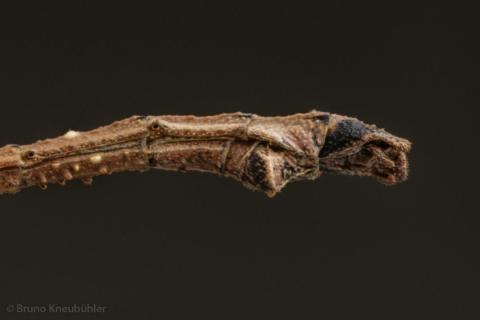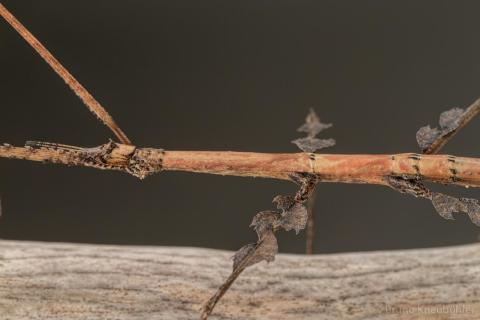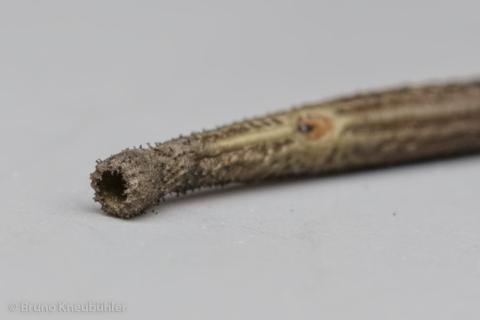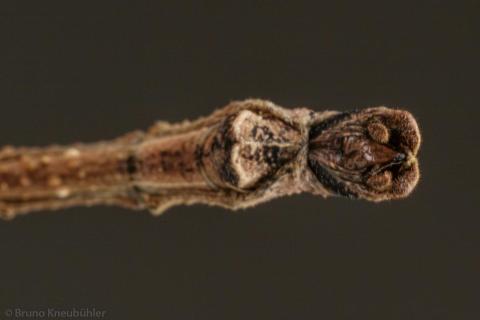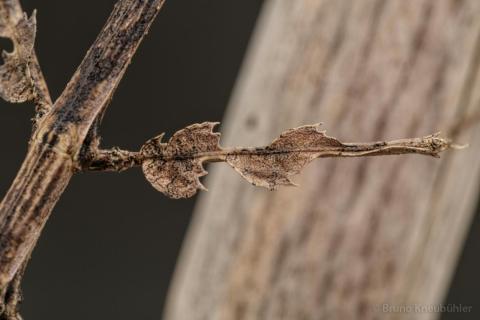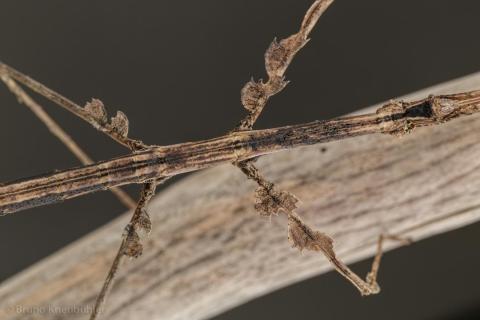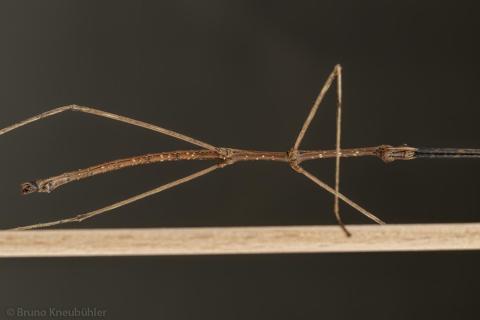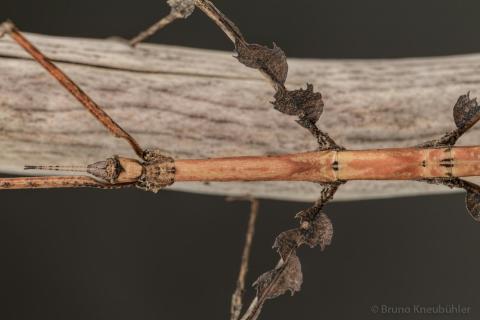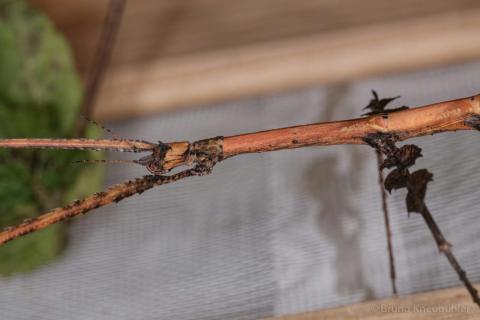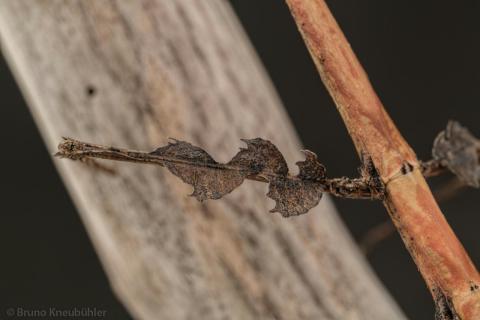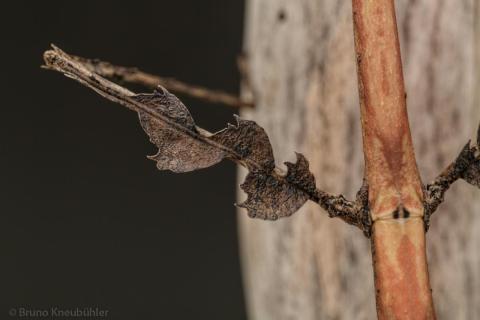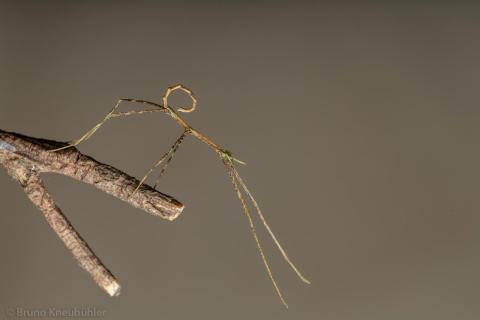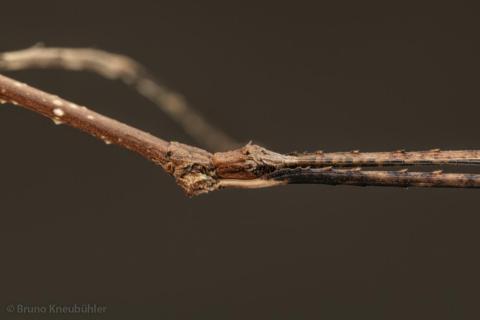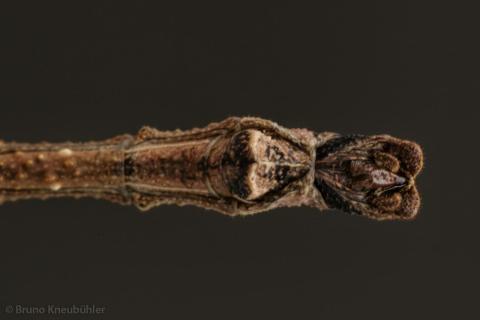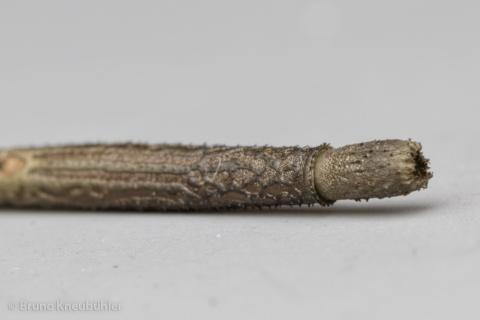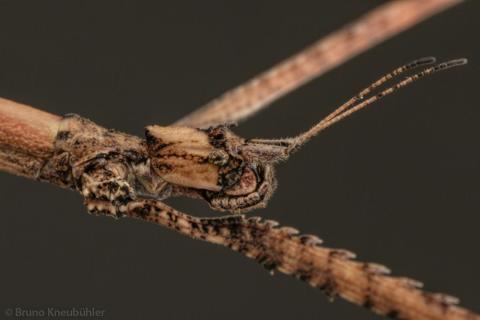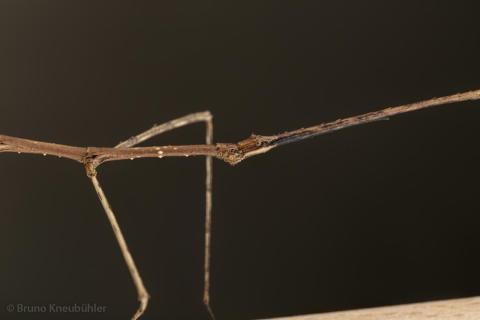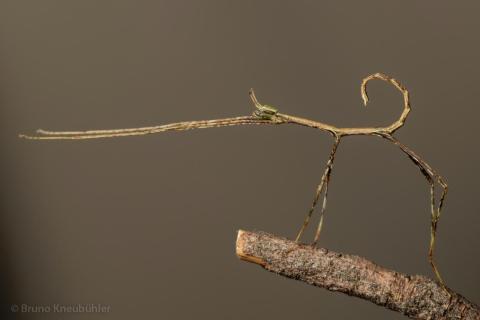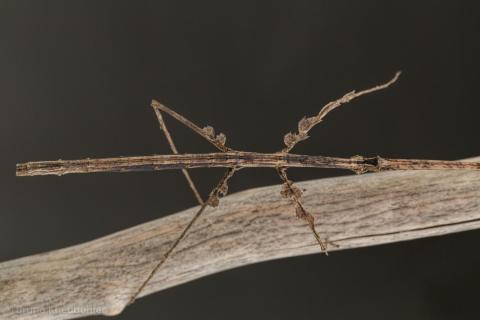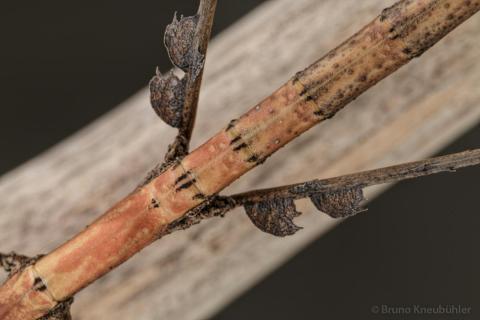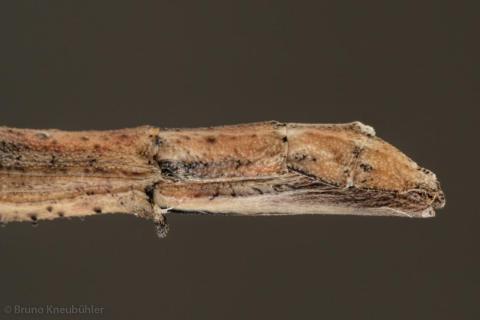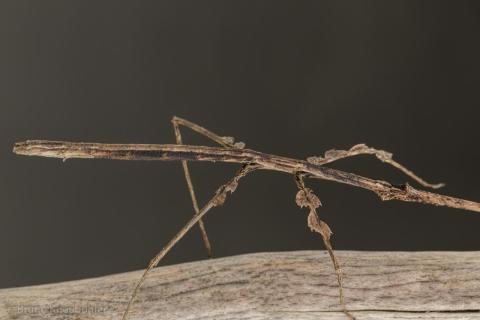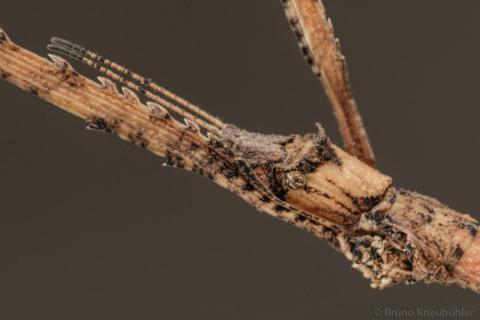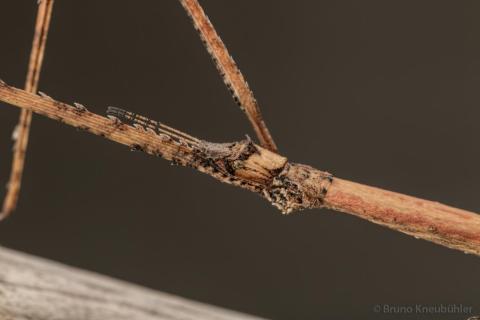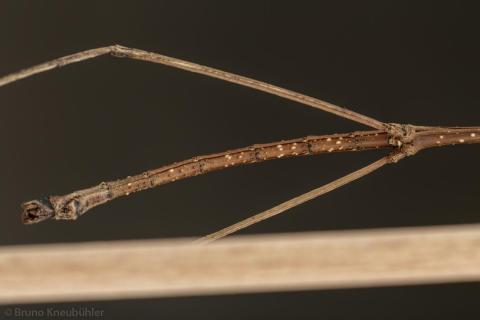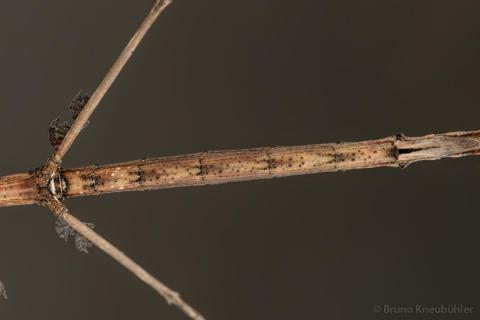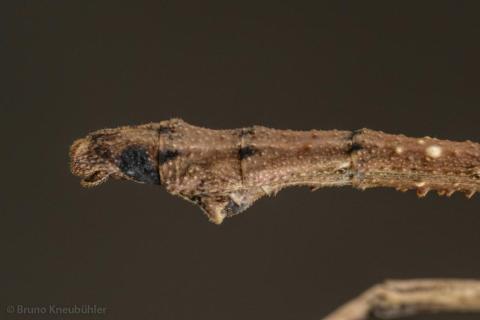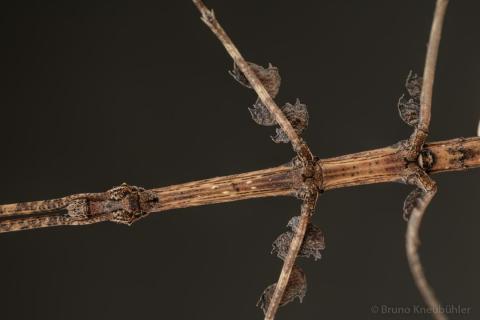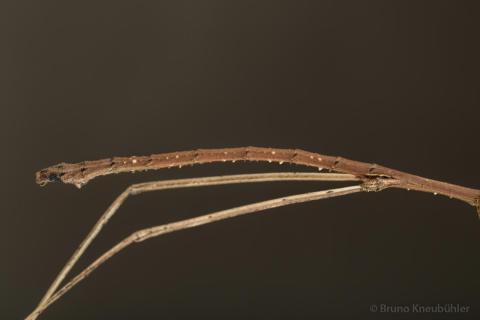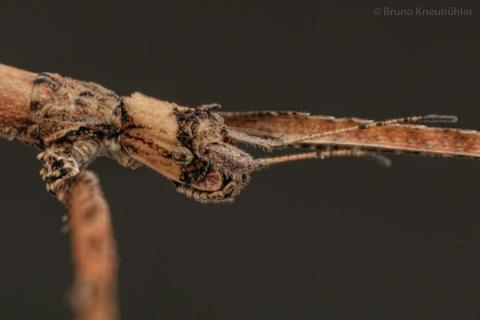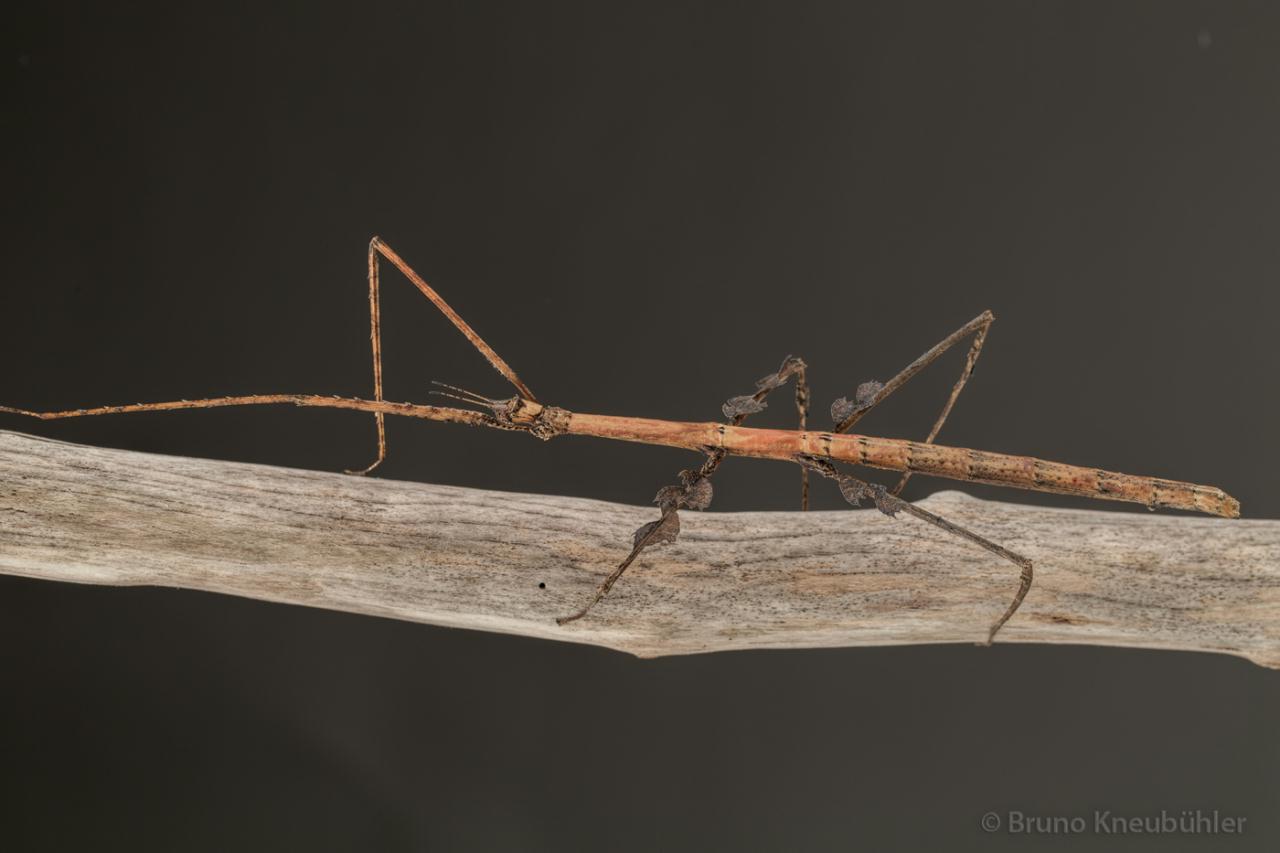
Genus
Stock
CLP
822
Culture status
In culture
Foodplants
Bramble (Rubus spp.)
Raspberry (Rubus idaeus)
Breeding notes
(by Bruno Kneubuehler)
General Informations
- this culture has initially been called Medaurini sp. 2 "Ba Vi"
- provenience: Ba Vi NP (Vietnam)
- ID by Joachim Bresseel (BE)
- described by Joachim Bresseel (BE) and Jérome Constant (Belgium) in 2017
- F1 CB culture in 2016 by Bruno Kneubuehler (CH)
- further taxonomical informations ➤ Phasmida Species Files
- this is a pure culture, and serious breeders are asked to avoid mixing this culture with similar populations from a different provenience. When spreading this culture to other breeders, then always use the full name with provenience
- this culture has the number CLP 822 (Online Phasma Culture List)
Females
- medium-sized phasmids
- body length 10 - 11 cm
- females coloration is very variable, some are reddish-brown, other with different shades of brown
- big lobes on mid and hind legs
Males
- slender, medium-sized phasmids
- body length 8.5 cm
- brown
Nymphs
- freshly hatched nymphs are brown with a greenish head
- on how to distinguish between male and female nymphs
Eggs
- 14 x 1.5 mm
- dark brown with net-like pattern
Food Plants
- bramble (Rubus spp.)
well accepted by nymphs and adults - but new bramble leaves (spring) are not well accepted
- raspberry (Rubus idaeus)
well accepted by nymphs and adults, and a good alternative for new bramble leaves in spring
Breeding, Behaviour
- easy to breed
- they usually try to feign death when touched
- active mainly during the night
- eggs usually drop to the ground
- about 5 - 10 eggs per female and week
- incubation (Cup-Incubation-method, on medium damp vermiculite) about 6 months at 20 - 24 °C
- eggs can be covered by vermiculite (about 5 mm high), which makes it easier for the nymphs to hatch without getting stuck in the eggs shell
- eggs of this species are not prone to get mouldy
- nymphs hatch during the night
- a humidity of about 65 - 75 % seems to be good enough for nymphs and adults
- one can spray them regularly with chlorine-free water, but allow the water to dry up before spraying again
- small nymphs can be kept in a Faunabox (or a similar cage), which shall not be too small
- provide a cage of about 30 x 30 x 40 (cm, L x B x H) for 3 adult couples
- males will be adult after 4.5 months (at 20 - 24°C), females after 5 months
Basics of phasmids breeding
- keep only one species per cage, overpopulation is one of the main reasons for breeding failures
- keep nymphs seperate from the adults, mainly to protect them during the crucial moulting phases
- choose the cage big enough. When in doubt, too big is (usually) better than too small
- a ventilator often supports good breeding results, as it seems to increase activity and feeding
- provide enough light, but avoid direct sunlight (overheating)
- try to keep day time temperatures below 25°C
- a nocturnal fall of temperature is natural, and thus advantageous
- do not spray too much, phasmids are no fish ! Allow the water to dry up before you spray again
- minimize disturbances (loud music, commotions, light at or during the night, opening up cages in the morning [often a moulting phase] ect.)
